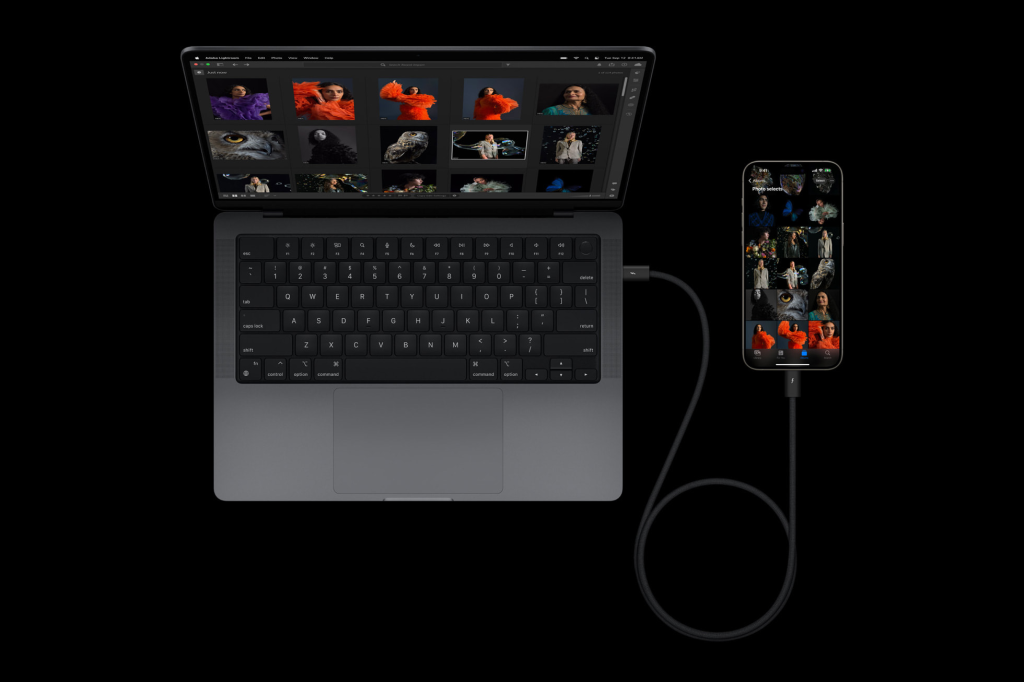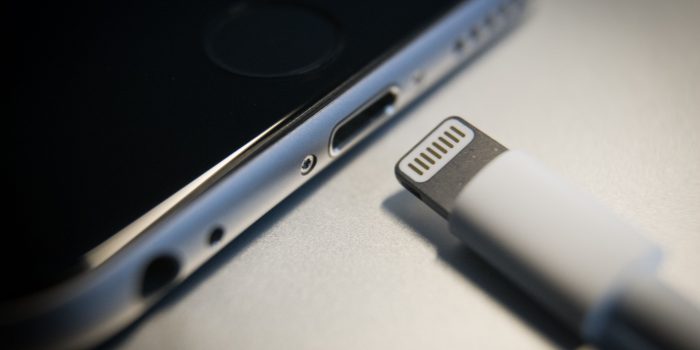Look here, Apple’s just gone and thrown us a curveball with their latest iPhone release, the number 15 in line. What’s special about it? Well, they’ve outright replaced that familiar ol’ lightning port we all know an’ love with a USB-C cable. Yep! They spilled this at their annual event; an unveiling of sorts where another surprise was waiting – a new Apple Watch series packed full of advanced features no less! This shift is far from ordinary for Apple folks; since 2012 they’ve been really sticky about using that lightning port in pretty much all of their devices.
Apple’s decision to shift gears towards USB-C certainly fits in well with what they called the ‘universally accepted standard.’ It’s a switch that amps up the convenience factor for consumers, given how ubiquitous USB-C has become; it’s found on numerous devices, laptops and tablets included. Apple is also setting out a helping hand for folks who still have lightning port accessories—their new USB-C-to-lightning connector sits snugly within a £29 ($36) price tag, allowing users to link their old gadgets comfortably up with the newest USB-C-fresh iPhones and iPads.

A dual-purpose motivates this metamorphosis, adopting it as not only industry norms but also European Union pressure. The concept driving this is to streamline consumer lifestyle and mitigate electronic trash whilst promoting reusability of chargers. To be sure, some cynics believe that there’ll be more cables in the discard pile soon due to this shift.
Apple, throughout the course of this event, affirmed a slew of eco-friendly vows. The tech giant aims to further better their devices’ sustainability profile. They’ve pledged to make sure that the newly launched Apple Watch series would be carbon neutral for its first outing ever and they’re ramping up their efforts to incorporate recycled materials into all products across their spectrum. Let’s also mention that leather is getting phased out from anything related with accessories—an envisaged move targeting complete business-wide carbon neutrality by the year 2030!
The iPhone 15 and 15 Plus models come with improved displays and camera systems, while the higher-end iPhone 15 Pro and Pro Max feature titanium frames for increased durability. The new Apple Watch introduces gesture control, allowing wearers to answer or end calls with a simple double-tap.

Even with these improvements, several industry analysts doubt that customers will be willing to pay exorbitant prices for these gadgets, especially when compared to their forerunners. In the UK, the entry-level iPhone 15 costs £799, while the iPhone 15 Pro costs £999. However, Apple continues to hold its own in a competitive smartphone market, with its shipment declines being the smallest among major smartphone manufacturers.
In conclusion, Apple’s switch to the USB-C cable marks a significant change in its product lineup, aligning with industry standards and environmental goals. While some may find the updates incremental, Apple continues to cater to its dedicated user base, who value the overall experience of using their products. Time will tell whether consumers embrace these changes and if Apple can maintain its position in the competitive smartphone market.


